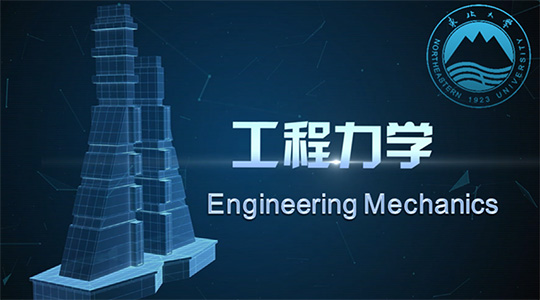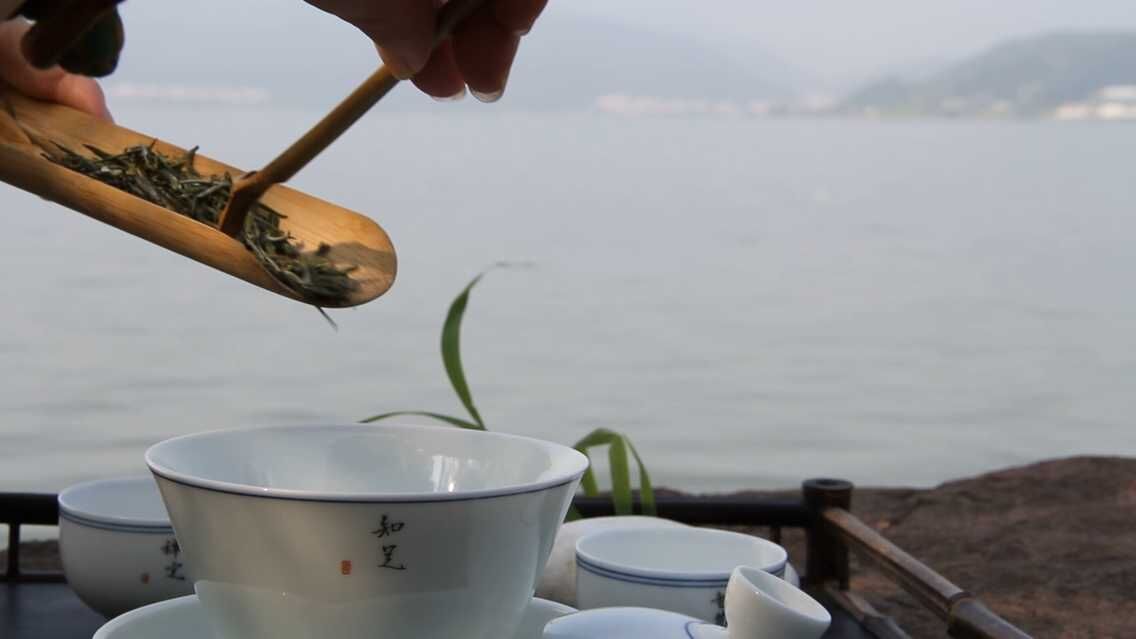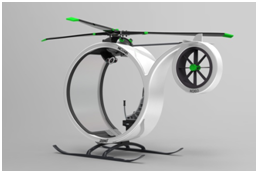
当前课程知识点:3ds Max: A Quick Start from Zero to One > Chapter 6: 3ds Max Interactive VR and AR > 6.1 Rendering a VR Panorama With Arnold > 6.1
返回《3ds Max: A Quick Start from Zero to One》慕课在线视频课程列表
返回《3ds Max: A Quick Start from Zero to One》慕课在线视频列表
大家好
我是程源老师
通过前几章的学习
我们已经对3dsMax
有了一定的了解
创建一个
自己的三维作品了
对你来说已经不是问题了
那么
何不将我们的
三维场景和虚拟现实技术
结合一下
创建一个
属于自己的虚拟乐园呢
一、VR是啥
虚拟现实
简称VR
它是用电脑技术手段
生成的一个虚拟环境
我们可以通过头戴设备
控制器和动作平台
从视觉
听觉
触觉等感官中
获得接近于
现实的体验方式
使我们进入
虚拟空间时
获得非常逼真的感官体验
VR表现形式分为
图片和视频两种
这一讲
先告诉大家
渲染VR全景图的方法
为后续结合相关平台
实现VR效果做好准备
打开Autodesk官方
所提供的场景文件
我们可以看到场景中
提供的室内场景文件
有几个隐藏的相机
渲染采样设置很低
渲染后可以基本看出最终效果
二、必不可少
VR摄像机创建
在3ds Max中
使用Arnold
所提供的VR摄像机
就可以轻松
实现360度全景渲染图
首先激活摄像机
面板下的VR Camera
自由摄像机
在侧视图中创建摄像机
创建后
使用移动工具
调整摄像机位置
一般将其放到室内的中心
三、至关重要
相机参数设置
设置曝光
进行渲染后
会发现场景曝光很严重
将场景照得很亮
可是
使用场景
所提供的物理相机渲染
效果又很正常
这是什么状况
这是由于Arnold的VR相机
没有曝光控制
使用的是场景的全局曝光
而场景默认的
物理摄像机的
曝光增益是9.0
我们需要修改
全局曝光参数
让其与该物理摄像机曝光
相互匹配
才能获得正确的曝光效果
使用快捷键8
打开环境和效果
在物理摄像机曝光控制当中
将默认的
全局曝光值6
与物理摄像机中使用的值
进行统一
当然
你也可以
根据自己想要的效果
进行适当的调节
再次渲染VR摄像机视图
好了
曝光已经正常
不用担心
VR摄像机设置
默认的VR摄像机
是左/右眼的组合
你可以选择不同的设置
例如渲染并排
或左
或右的单眼
注意渲染图的方式
取决于VR设备所支持的方式
由于后期
我们使用国内提供的
VR服务平台
鲜果平台
因此这里设置为
单眼模式进行渲染
Eye Separation
眼睛分离
该参数相当于
两眼之间的距离
默认为65
这里我们需要把它设置为0
如果不为0的话
最终在平台
呈现出来的效果
可能会扭曲出错
渲染尺寸
摄像机设置完成后
就需要设置尺寸了
VR高宽比
和视频的16:9不同
VR为2:1
也就是说宽度为高度的两倍
例如 1024X512
或者是2048X1024
在渲染设置
公用选项卡下边
将输出大小
设置为自定义
宽度和高度建议
3K以上的像素
高分辨率能让
VR体验获得更好的效果
因此分辨率越高
VR体验也就越好
渲染设置
想要获得
Arnold高质量的
VR渲染效果
你还需要准备
好一点的电脑
做好长时间渲染的准备
因为有可能
需要相当长的时间哦
好了
下面让我们进行渲染设置
摄像机采样
设置为7(最低设置为4)
漫反射采样
设置为7(最低设置为4)
镜面采样
和折射采样
都设置为3
再次渲染VR摄像机视图
VR全景图的制作
到这里就完成了
相信通过今天的学习
你已经可以完成
VR全景图的创建了
下一讲
将告诉你全景图的
使用方法
一定不要错过哦
今天的课程就到这里
拜拜
-Fast Understand of 3ds Max,Starting Your Virtual Journey
--Preface
-Preface
-1.1 How to get 3ds Max
--1.1 02
-1.1
-1.2 Introduction to the Interface of 3ds Max
--1.2 01
--3ds Max
-1.2
-1.3.1 Project Preparation 1: Set Up Project Folder
--1.3.1
-1.3.1
-1.3.2 Project Preparation 2:Initialization Settings
--1.3.2
-1.3.2
-1.4.1 Opening and Saving Files
--1.4.1
-1.4.1
-1.4.2 Basics Operation
--1.4.2
-1.4.2
-1.4.3 Advanced Operation
--1.4.3
-1.4.3
-1.5 General Hotkeys
--1.5
-1.5
-1.6 Creating Geometric Primitives
--1.6
-1.6
-2.1 3D Modeling Overview
--2.1
-2.1
-2.2 Three Useful Modeling Methods
--2.2
-2.2
-2.3 Boolean Modeling
--2.3
-2.3
-2.4.1 Spline Modeling 1:Spline Modeling Overview
--2.4.1
-2.4.1
-2.4.2 Spline Modeling 2: Modeling From a Spline
--2.4.2
-2.4.2
-2.4.3 Spline Modeling 3:How to Edit Spline Objects
--2.4.3
-2.4.3
-2.5.1 Polygon Modeling 1:Polygon Modeling Method
--2.5.1
-2.5.1
-2.5.2 Component Selection Techniques
--2.5.2
-2.5.2
-2.5.3 Polygon Modeling 3: 16 Polygon Modeling Commands
--2.5.3
-2.5.3
-2.5.4 Polygon Modeling 4: Subdivision Modeling
--2.5.4
-2.5.4
-2.5.5 Polygon Modeling 5: Attaching and Detaching
--2.5.5
-2.5.5
-2.6.1 Advanced Modeling Skills 1:“Stereoscopic” Modeling Method
--2.6.1 01
-2.6.1
-2.6.2 Advanced Modeling Skills 2:Box Modeling Method
--2.6.2
-2.6.2
-2.6.3 Advanced Modeling Skills 3:Deconstruction Modeling Method
--2.6.3
-2.6.3
-2.6.4 Advanced Modeling Skills 4:Problems to be Considered in Modeling
--2.6.4
-2.6.4
-3.1 Rendering
--3.1 02
-3.1
-3.2.1 Render Your First Work
--3.2.1 02
-3.2.1
-3.2.2 Arnold Render Set Up
--3.2.2 01
-3.2.2
-3.2.3 Introduction to the Arnold Renderer
--3.2.3
-3.2.3
-3.2.4 Arnold Renderer 1: Sampling
--3.2.4 02
-3.2.4
-3.2.5 Arnold Renderer 2: RayDepth and Filtering
--3.2.5 02
-3.2.5
-3.3.1 What is Light?
--3.3.1 02
-3.3.1
-3.3.2 Light and Color
--3.3.2 02
-3.3.2
-3.3.3 Light and Shadow
--3.3.3 02
-3.3.3
-3.3.4 Produces Soft Shadows and Fast Shadow
--3.3.4 02
-3.3.4
-3.3.5 Six Types of Lighting
--3.3.5 01
-3.3.5
-3.4.1 Arnold Light Types
--3.4.1 01
-3.4.1
-3.4.2 Arnold Light Parameters
--3.4.2 01
-3.4.2
-3.4.3 Color Temperatures and White Balance
--3.4.3 01
-3.4.3
-3.5.1 Three-point Lighting Method
--3.5.1
-3.5.1
-3.5.2 Indoor Light Lecture 1: Make a Simple Night
--3.5.2
-3.5.2
-3.6.1 Advanced Skill 1:Rendering Tips
--3.6.1
-3.6.1
-3.6.2 Advanced Skill 2:The Normals and the Smooth Group
--3.6.2
-3.6.2
-4.1 Learn About This Chapter in Four Minutes
--4.1
-4.1
-4.2.1 How to Open the Material Editor?
--4.2.1
-4.2.1
-4.2.2 Using Physical Materials
--4.2.2
-4.2.2
-4.2.3 Three Assistants of the Material
--4.2.3
-4.2.3
-4.2.4 Create a Simple Material
--4.2.4
-4.2.4
-4.3.1 Using maps to Creat Different Looking
--4.3.1
-4.3.1
-4.3.2 Bitmap Node:A Small Node With Virtues
--4.3.2
-4.3.2
-4.4.1 UVW Mapping Method 1:Methods of Locking the Map
--4.4.1
-4.4.1
-4.4.2 UVW Mapping Method 2: UV Overlays
--4.4.2
-4.4.2
-4.4.3 Unwrap UVW 1: Basic of Unwrap UVW Modifier
--4.4.3
-4.4.3
-4.4.4 Unwrap UVW 2: Projection
--4.4.4
-4.4.4
-4.4.5 Unwrap UVW Part 3: Powerful UV Editor
--4.4.5
-4.4.5
-5.1 Animation Overvie
--5.1
-5.1
-5.2.1 3ds Max Animation
--5.2.1
-5.2.1
-5.2.2 Making Animation More Interesting Principle 1: Time and Space
--5.2.2
-5.2.2
-5.2.3 Making Animation More Interesting Principle 2: Slow Motion (slow-mo)
--5.2.3
-5.2.3
-5.2.4 Making Animation More Interesting Principle 3: Squash and Stretch
--5.2.4
-5.2.4
-5.3.1 Animation Technique 1: Parent-Child Relationship
--5.3.1
-5.3.1
-5.3.2 Animation Technique 2:Loop Animation
--5.3.2
-5.3.2
-5.4.1 Techniques of Using the Camera
--5.4.1
-5.4.1
-5.4.2 The Safeframe Cannot Be Ignored in the Camera
--5.4.2
-5.4.2
-5.4.3 Camera Movement
--5.4.3
-5.4.3
-5.4.4 Following Shot
--5.4.4
-5.4.4
-6.1 Rendering a VR Panorama With Arnold
--6.1
-6.1
-6.2 Fast Implementation of VR Interaction
--6.2
-6.2
-6.3 Fast Implementation of AR Interaction
--6.3
-6.3
-6.4 Friends of 3ds Max
--6.4
-6.4
-6.5 Self Learning and Improvement Methods
--6.5
-6.5
-6.6 Methods of Obtaining Resources
--6.6
-6.6
-7.1 PBR Technology Introduction
--7.1
-7.2 Toolbag PBR Real-time Rendering
--7.2
-7.3 Substance Painter PBR Painting
--7.3
-Shortfilm Casestudy 1:The Weapon Used in PUBG (PlayerUnknown's Battlegrounds)
--Microfilm Course 1:The Weapon Used in Eating Chicken
-Shortfilm Casestudy 2:Production experience of Classic of Mountains and Seas
--Microfilm Course 2:Production Process of Shanhaijing
-Examination



